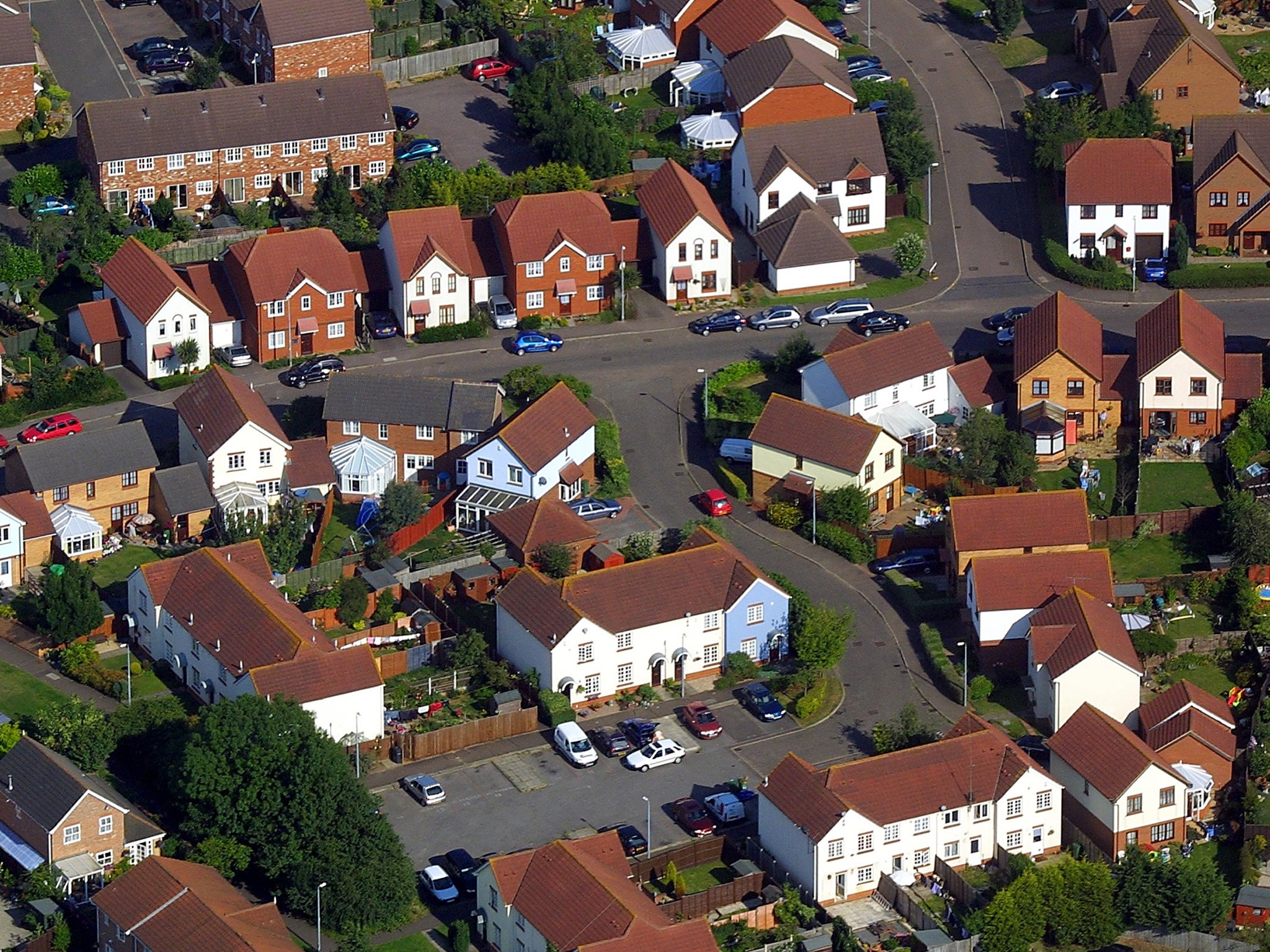Help to Buy scheme is inflating house prices
Exclusive: Analysis shows that prices are now rising more rapidly in the east of England, where Help to Buy has been taken up most readily

Your support helps us to tell the story
From reproductive rights to climate change to Big Tech, The Independent is on the ground when the story is developing. Whether it's investigating the financials of Elon Musk's pro-Trump PAC or producing our latest documentary, 'The A Word', which shines a light on the American women fighting for reproductive rights, we know how important it is to parse out the facts from the messaging.
At such a critical moment in US history, we need reporters on the ground. Your donation allows us to keep sending journalists to speak to both sides of the story.
The Independent is trusted by Americans across the entire political spectrum. And unlike many other quality news outlets, we choose not to lock Americans out of our reporting and analysis with paywalls. We believe quality journalism should be available to everyone, paid for by those who can afford it.
Your support makes all the difference.The damaging inflationary impact of the Government’s controversial Help to Buy scheme appears to have been confirmed, as the region where it has proved most popular has experienced the fastest-growing prices in the country.
Estate agents in the east of England told The Independent that the policy designed to help first-time-buyers is intrinsically linked to housing costs in the area being quickly pushed higher.
Data published by the Treasury reveals that the mortgage guarantee scheme, which encourages lenders to offer larger sums to buyers, has been taken up most readily in the east of England.
By December 2014 the scheme, which is available to buyers of properties priced at £600,000 or less, accounted for 8.2 per cent of all mortgage lending in the region.
Meanwhile, the house-buying website Rightmove’s monthly analysis of regional house prices indicated this week that prices are now rising more rapidly in the east of England than anywhere else in the nation – including London and the South-east.
Prices rose by 8.8 per cent in the last year, compared to just 5.5 per cent in London and 8.2 per cent in the South-east.
According to property analysts Savills, house prices in the east of England have risen by 21 per cent over the past five years, while the Office of National Statistics said that in 2014 the average home in the area cost £282,000 – up 10.6 per cent on the previous year.
Rightmove reports that the average first-time buyer will now pay £187,837 in the region, while the top of the market has risen to £540,199.
Housing experts had warned that, by offering buyers help to buy a property without also building more homes, demand would outstrip supply – causing prices to rise even faster.
Their concerns were raised again this week when the Chancellor, George Osborne, unveiled the Help to Buy Isa in his Budget. The scheme will reward savers with £50 for every £200 they put away.
Caroline Edwards, partner at estate agency Carter Jones in Sudbury, confirmed the relationship between first-time buyers using the Help to Buy scheme and the area’s rising house values. “There is no denying that when the bottom end of the market fuelled by the first-time buyers gets going, it has a knock-on effect all the way up. In terms of price rises, it was about 8.4 per cent in Suffolk [last year].”
Property agent Henry Pryor described the effect of Help to Buy in the east of England as “Willy Wonka economics”. “If you give 10 people extra money to be able to afford to buy five properties, at the end of it all you get is five more expensive properties and five people who still can’t afford a house,” he said.
A spokesperson for the Treasury said: “The independent Bank of England’s financial policy committee [has said] the scheme does not present a material risk to financial stability, nor has the scheme been a material driver of recent house price growth.”
Case study: Braintree and other eastern hotspots
The Essex commuter town of Braintree has become a hot property market since the introduction of Help to Buy. House prices have risen by 25 per cent in just 10 years, according to the ONS.
Estate agents say the majority of new-build properties in the town are now marketed through Help to Buy, and its popularity has led to a boom in the rest of the market. One agent who works for a large chain in the area said he had sold a property where the asking price rose by £10,000 in less than six months and still found a buyer at full price. “There’s not a great deal about, and therefore people are looking and there’s not enough on the market. It’s definitely a seller’s market,” he said.
Estate agency Berefords found that Help to Buy was most popular in Braintree as well as Colchester and Chelmsford, with the average selling price through the scheme reaching £232,000.
The second part of Help to Buy, which offers an equity loan of up to 20 per cent on the cost of a new-build home, has also proved popular in Peterborough.
Prices in Cambridge, meanwhile, are now so high that agents say applicants hoping to use Help to Buy are being turned down because they are still unable to obtain the required mortgage.
Join our commenting forum
Join thought-provoking conversations, follow other Independent readers and see their replies
Comments